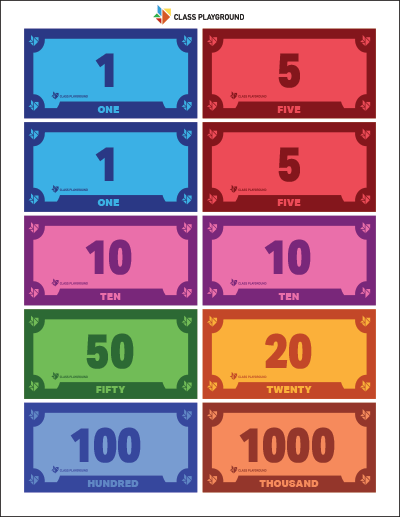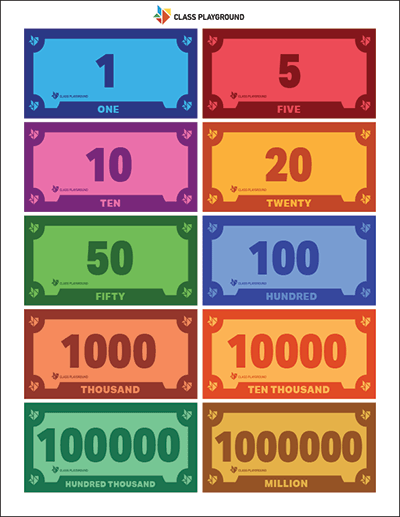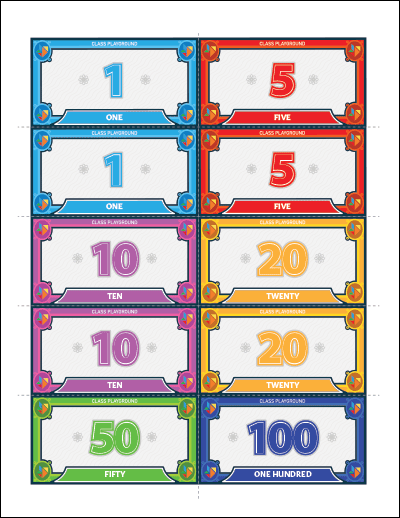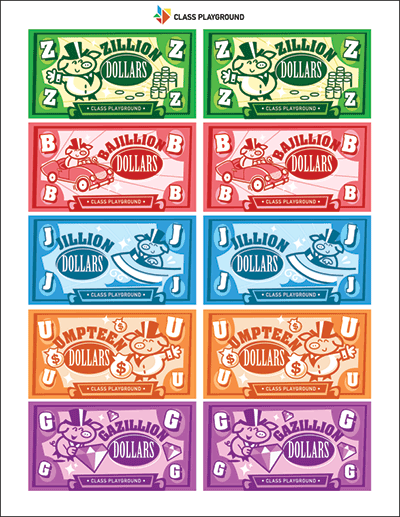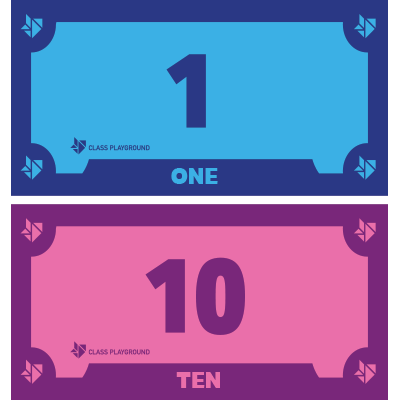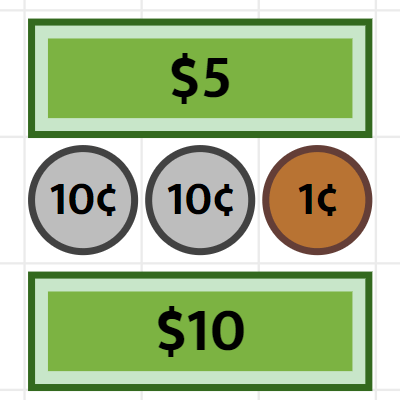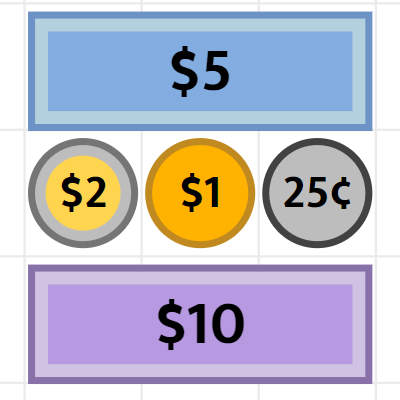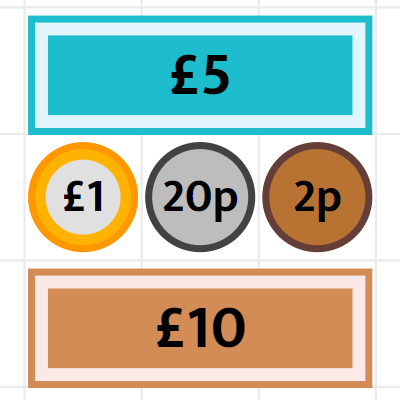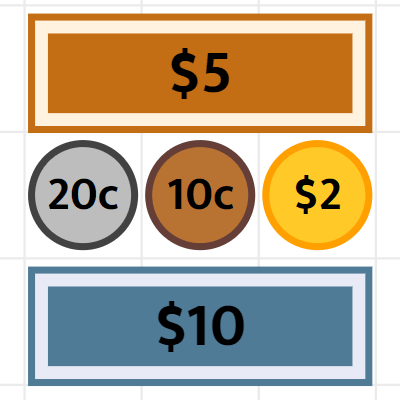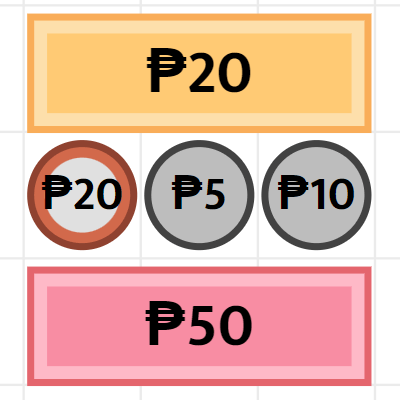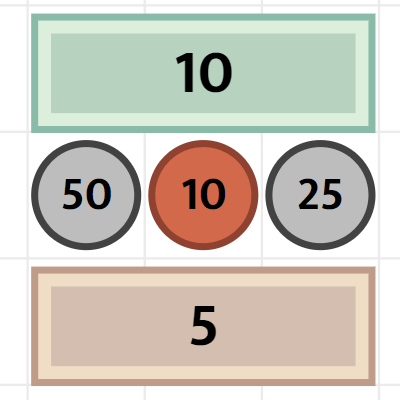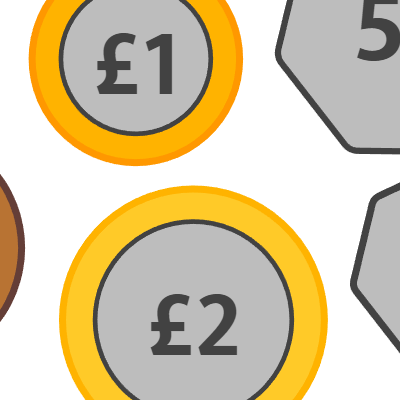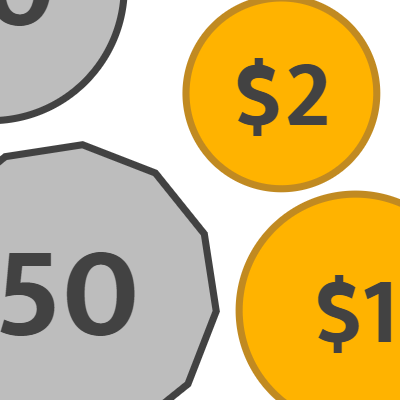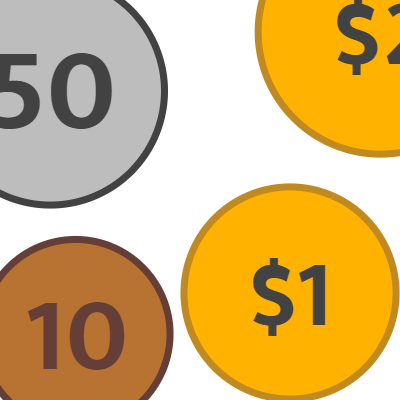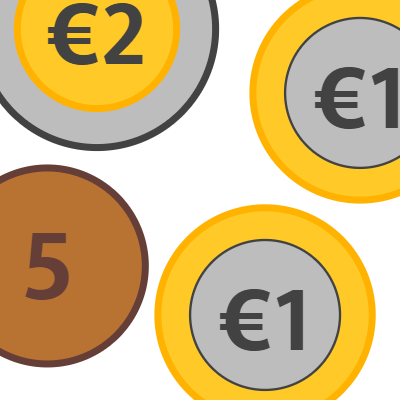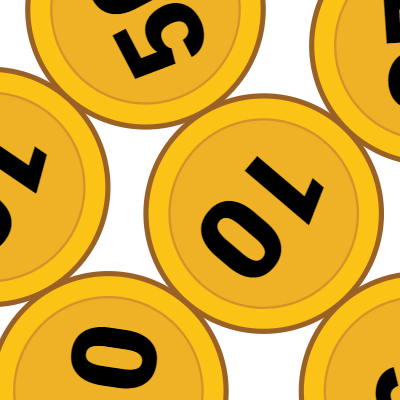Learning the Value: Teaching Money
Teaching the concept of money to elementary students is a critical step in building their financial literacy. It goes beyond just recognizing coins and bills; it’s about understanding the value of money, making change, and solving real-life math problems.
Why Teach Money in Elementary Math?
Teaching money in elementary math is crucial for several reasons:
- Real-World Application: Money is a practical aspect of everyday life. Teaching students about money helps them understand its value and usage in real-world contexts. They learn how to count money, make correct change, and understand the concept of buying and selling. This makes learning more relevant and applicable outside the classroom.
- Builds Mathematical Skills: Learning about money enhances various mathematical skills such as addition, subtraction, multiplication, and division. It also introduces them to concepts like fractions and decimals through the use of coins and bills. This practical application of math skills can improve their overall proficiency and confidence in mathematics.
- Promotes Financial Literacy: Early exposure to money management can lead to better financial habits in the future. It’s essential for children to understand the concept of saving, spending responsibly, and making wise financial decisions. Teaching them about money can foster a sense of financial responsibility and prepare them for future financial independence.
- Enhances Problem-Solving Abilities: When students work with money word problems, they’re not just practicing math—they’re learning to think critically and solve problems. This can enhance their problem-solving abilities, a skill that is valuable not only in academics but in all aspects of life.
- Prepares for the Future: In a rapidly digitalizing world, understanding money is more important than ever. Whether it’s online shopping, mobile payments, or digital banking, having a solid foundation in money matters prepares students for the modern economy. Teaching them about money at an early age can equip them with the knowledge and skills needed to navigate the financial landscape of the future.
Activities
- Classroom Store: Transform your classroom into a mini-marketplace where students can ‘buy’ and ‘sell’ items using play money. Label items in the classroom with different prices and give each student a certain amount of play money to spend. This activity helps students understand the concept of spending and receiving change. It also introduces them to the idea of budgeting and prioritizing purchases.
- Coin Rubbing Art: In this activity, students place a coin under a paper and rub over it with a crayon or pencil to create an impression. They can then label each rubbing with the coin’s name and value. This activity not only creates a fun art project but also helps students recognize different coins and learn their values.
- Money Bingo: Create bingo cards with different combinations of coins or dollar amounts in each square. Call out an amount, and students must identify the correct combination of coins on their card to mark off that square. The first student to get five in a row—across, down, or diagonally—wins.
- Coin Sorting: Provide students with a mix of coins and ask them to sort them by type. This activity helps students recognize different coins and understand their values. To extend this activity, you could ask them to count how much money they have in each pile.
- Money Puzzles: Create puzzles where students must match coins to their respective values. You can make these puzzles by drawing or printing pictures of coins and their values on cardstock, then cutting them in half in a zigzag pattern. Students must find the matching halves.
- Role-Playing: Set up a pretend restaurant or grocery store where students can practice ordering items, calculating costs, and making change. This activity gives students practical experience with using money and reinforces their addition and subtraction skills.
- Money Jars: Give each student a jar to save ‘earnings’ from classroom tasks. This could be play money that they earn for completing assignments, helping out in the classroom, or exhibiting good behavior. This encourages the habit of saving and allows students to physically see their money accumulate over time. At the end of a certain period, they can count their savings and ‘purchase’ rewards.

